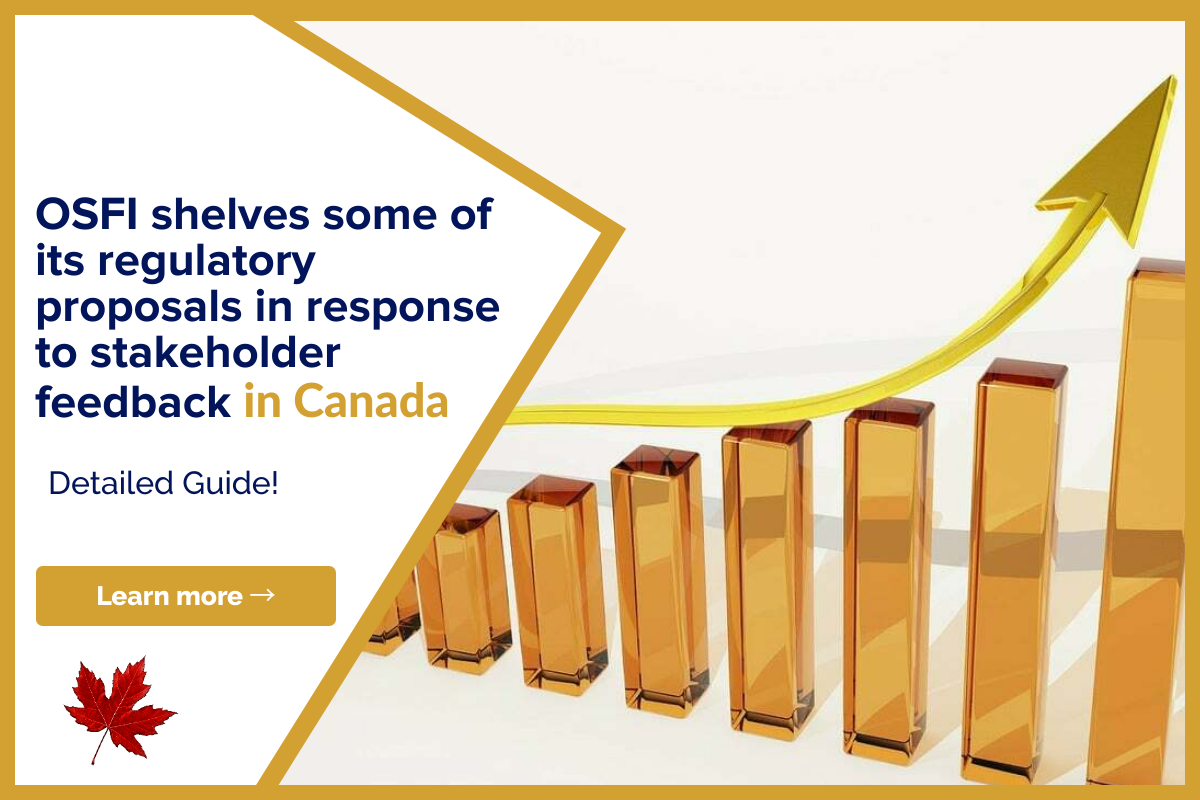During the early days of the mortgage business, brokers would require a lot of paperwork…

Can a Credit Card Help Build Your Child’s Financial Knowledge?
Now you can listen to our blog post, “Can a Credit Card Help Build Your Child’s Financial Knowledge?” while on the go.
When it comes to teaching children about money management and financial responsibility, many parents wonder about the best strategies to instil these important skills. One tool that can be utilized in this endeavour is a credit card.
While credit cards are often associated with debt and overspending, when used responsibly and under parental guidance, they can be a valuable tool for building your child’s financial knowledge. In this article, we will explore how a credit card can be used to teach financial literacy and help your child develop sound money management skills.
The Basics of Credit Cards
Before delving into the benefits of using a credit card as a teaching tool, let’s briefly review the basics of credit cards:
A credit card is a financial tool that allows you to borrow money from a financial institution up to a certain credit limit. Instead of using cash or debit, you use a credit card to make purchases, which you then repay either in full by the due date or over time with interest. The key distinction between credit cards and debit cards is that credit cards involve borrowing, whereas debit cards use funds directly from your bank account.
Building Financial Knowledge with a Credit Card
Here are some ways in which a credit card can help build your child’s financial knowledge:
1. Introduction to Credit and Borrowing
Using a credit card gives children an opportunity to learn about the concept of credit and borrowing. It teaches them that they are essentially borrowing money from the credit card issuer to make purchases. This understanding is fundamental to developing responsible borrowing habits later in life, such as when applying for a car loan or a mortgage.
2. Budgeting and Money Management
Giving your child a credit card with a predetermined spending limit can serve as a practical budgeting exercise. It allows them to allocate their funds wisely and make decisions about how much they can afford to spend on different items. By monitoring their spending and helping them create a budget, you can teach them the importance of tracking expenses and making informed financial choices.
3. Tracking and Reviewing Statements
Reviewing credit card statements with your child is an excellent opportunity to teach them how to read and understand financial statements. By going through the statement together, you can discuss the various components, such as the transaction history, interest charges, and minimum payment due. This exercise helps them grasp the importance of reviewing financial documents and spotting any discrepancies or fraudulent charges.
4. Responsible Credit Card Usage
Demonstrating responsible credit card usage is crucial when teaching your child about financial responsibility. Emphasize the importance of paying the credit card bill in full and on time to avoid accumulating debt and paying unnecessary interest charges. Encourage them to understand the consequences of making only minimum payments and how it can lead to long-term debt. By setting a good example and providing guidance, you can instill responsible credit card habits from an early age.
5. Rewards and Incentives
Many credit cards offer rewards programs, such as cashback or loyalty points, for every dollar spent. Introducing your child to credit cards with rewards programs can teach them about the concept of incentives and the benefits of responsible spending. Discuss the various reward options and help them understand how to maximize the value of their rewards.
Important Considerations and Tips
While using a credit card as a financial education tool for your child can be beneficial, it’s important to proceed with caution and consider the following tips:
1. Set Clear Guidelines
Establish clear guidelines for card usage, including spending limits, types of purchases allowed, and repayment expectations. Clearly communicate your expectations and reinforce responsible spending habits.
2. Monitor Account Activity
Regularly monitor your child’s credit card account activity to ensure they are using the card responsibly. Use this opportunity to discuss any questionable transactions or potential pitfalls associated with credit card usage.
3. Start with a Secured Credit Card
Consider starting with secured credit cards, which requires a security deposit that serves as the credit limit. This provides a controlled environment for your child to learn about credit cards and minimizes the risk of overspending or accumulating debt.
4. Emphasize Safety
Teach your child about credit card safety measures, such as keeping their card secure, not sharing their card information with others, and being cautious when making online purchases. Discuss the importance of protecting personal and financial information to prevent identity theft and fraud.
5. Focus on Financial Literacy
Use the experience as a springboard for broader financial literacy discussions. Teach your child about saving, budgeting, investing, and other essential financial concepts to help them develop a well-rounded understanding of personal finance.
Conclusion
When used responsibly and under proper guidance, a credit card can be an effective tool for building your child’s financial knowledge and skills. By introducing them to credit, budgeting, money management, and responsible usage, you can set them on a path towards financial literacy and smart money habits.
Remember to set clear guidelines, monitor account activity, and emphasize the importance of financial education beyond just credit cards. With a well-rounded approach, you can empower your child to make informed financial decisions and set them up for a successful financial future.
Need Some Extra Cash to Help Your Finances? Try Lionsgate!
Are you struggling with your financial needs and need some extra cash? Lionsgate can help. Just fill out the form below, letting us know all your money or mortgage requirements, and we will find the best lender for you. Amazing thing? The process is free, and you can quit it at any time.
We have a team of experts that analyze your requirements and pick the best lender for you with prudent advice.
Note: Please give your authentic information while completing the form below.
Please share this article on your social media profiles if you found it helpful. Also, visit our blog to read similar helpful articles on finance, real estate, and getting mortgages.




